Comparison Of Real Vs. Fake Montblanc [Pic Heavy]
-
Forum Statistics
357.5k
Total Topics4.7m
Total Posts -
Member Statistics
129,983
Total Members18,857
Most OnlineNewest Member
Social Insect
Joined -
Images
-
Albums
-
USG 23
- By USG,
- 0
- 0
- 19
-
more1
- By AmandaW,
- 0
- 0
- 30
-
Pen Pics 2
- By K Singh,
- 0
- 0
- 97
-
Glamour Shots
- By Penguincollector,
- 0
- 0
- 39
-
Misfit’s 3rd Album for pens, paper, ink
- By Misfit,
- 100
-

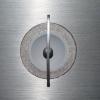
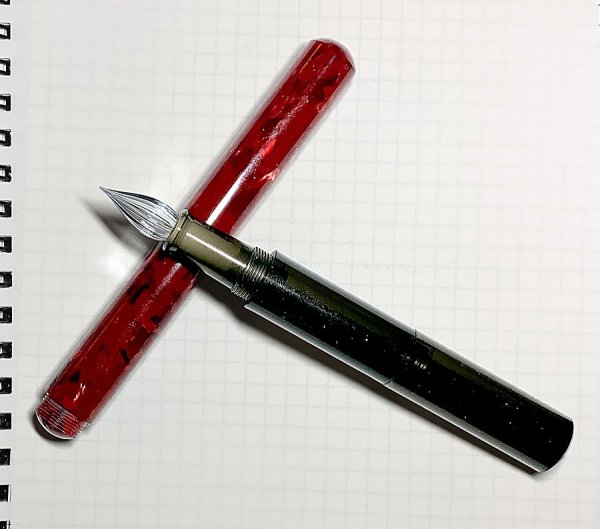



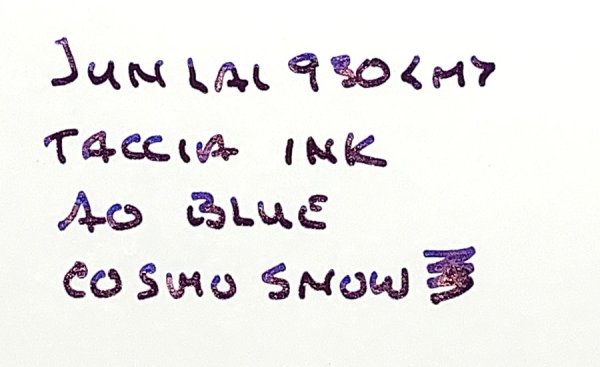

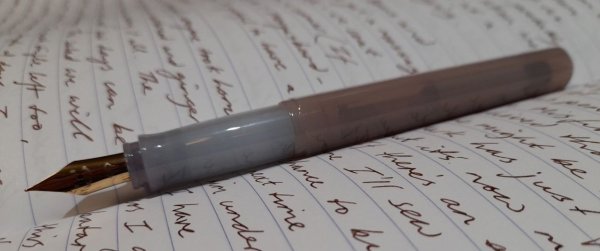



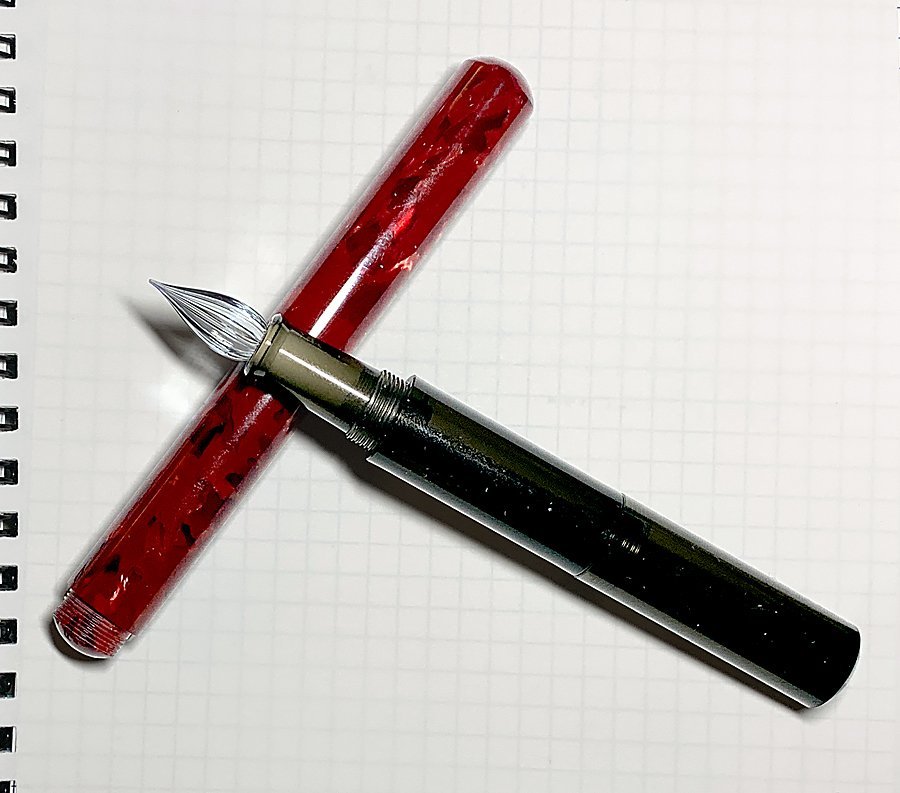
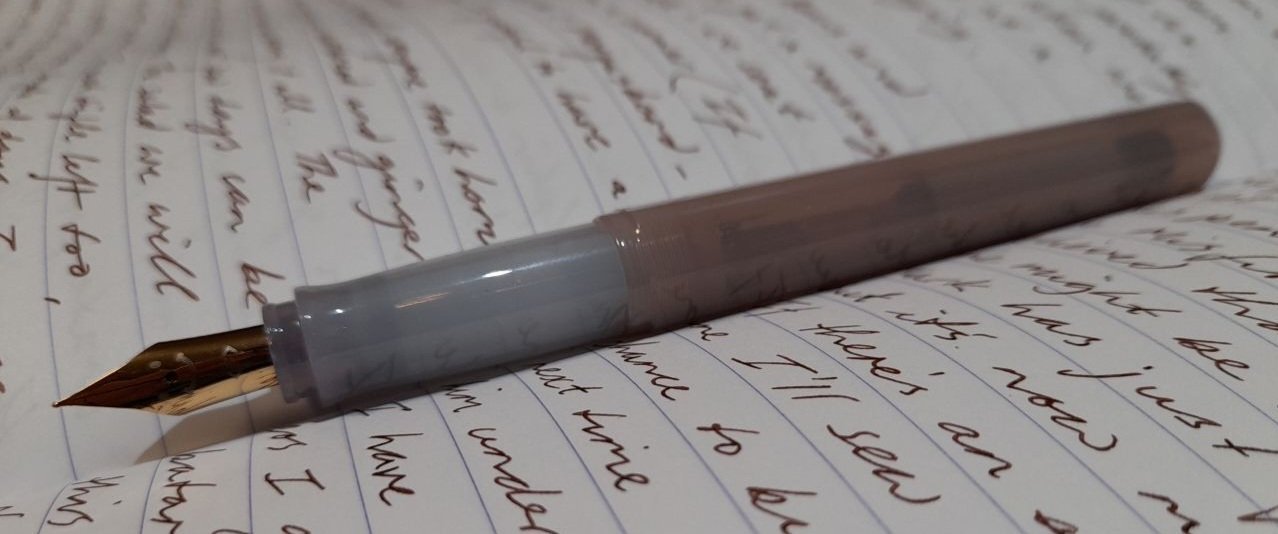




.thumb.jpg.f07fa8de82f3c2bce9737ae64fbca314.jpg)









Recommended Posts
Create an account or sign in to comment
You need to be a member in order to leave a comment
Create an account
Sign up for a new account in our community. It's easy!
Register a new accountSign in
Already have an account? Sign in here.
Sign In Now